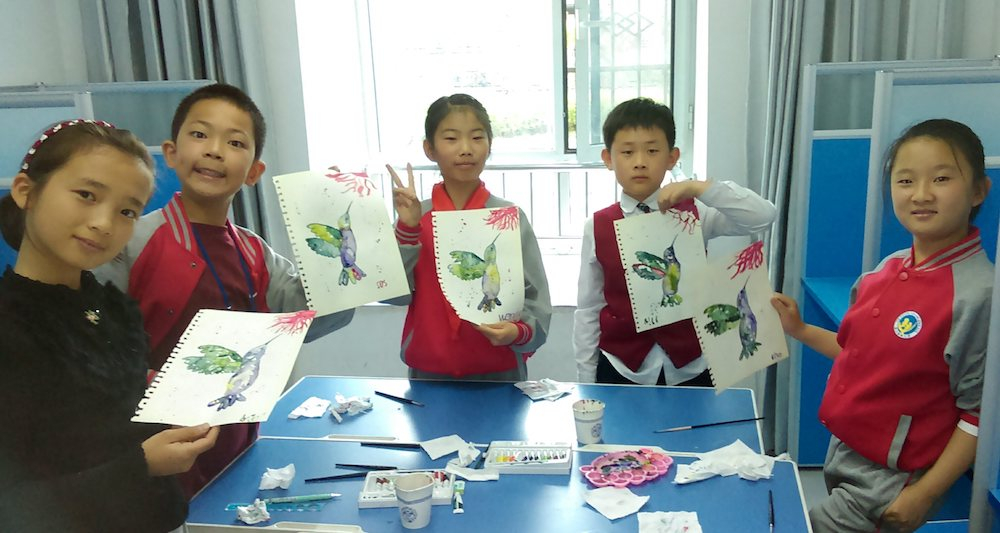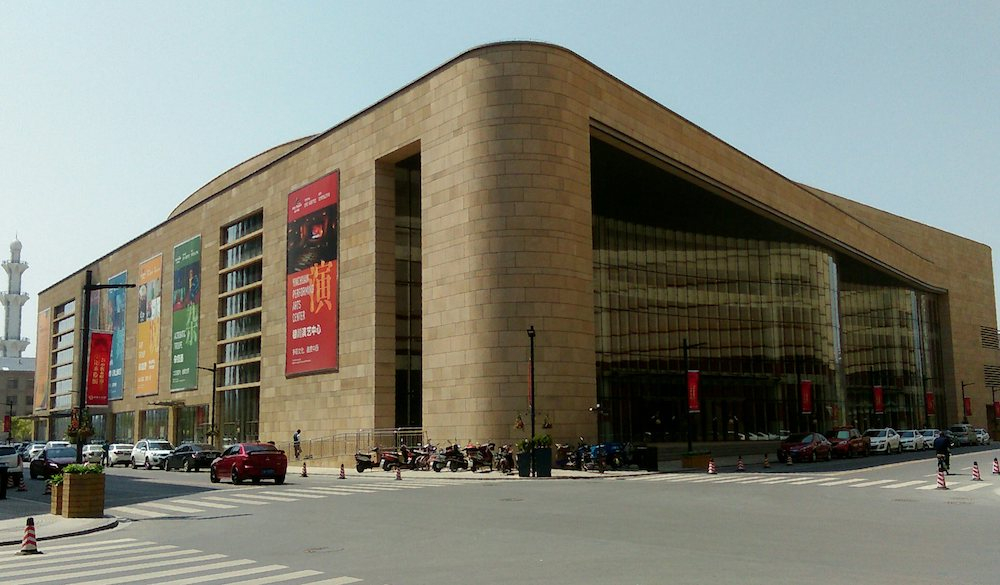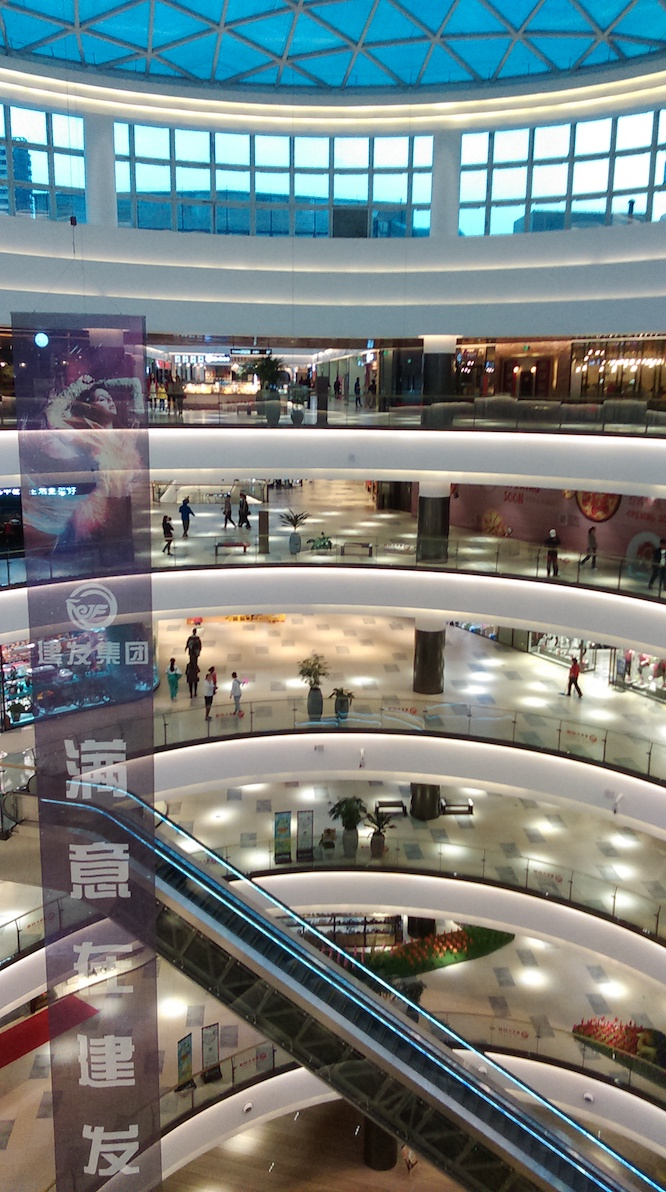
I’m writing this from deep inside the vast Gobi Desert, located in the sparsely populated region of north-west China. This mostly cold desert is perhaps the largest on Earth, with much of it being more than 1,000m above sea level.
I’m staying in the medium-sized city of Yinchuan, Ningxia province. Yinchuan has a population of around 2 million and is growing rapidly. I am being looked after by a Chinese host family who are showing me around town and taking me sightseeing out into the surrounding desert. I love deserts. In return I teach English and art for a few hours a week at their small English-language school. It’s a very good arrangement as far as I’m concerned, as I’m getting to see and learn things that no tourist may ever experience. I think I’m the only foreigner in town, judging by the way the locals often approach me asking: “Where do you come from?” They also like
to photograph me, take selfies with me, welcome me to China and offer me free food in restaurants, as well as asking if they can be of any assistance. I feel like a celebrity.

However, that’s not why I’m here. I’d read about China’s ‘Smart City’ programme and by using Yinchuan as a base I can experience both the desert and a smart city.
Yinchuan is just one of several Chinese cities selected to be a part of this revolutionary programme. Medium-sized cities known to be struggling or in decline for various reasons were chosen, which means huge government funds were provided to basically reconstruct them. In Yinchuan, this programme commenced in earnest about 15 years ago, starting with massive infrastructure construction in conjunction with millions of apartments, many office block complexes, super malls and magnificent government office buildings. Everything here is new.
There are tree-lined six- and eight-lane city streets and arterial roads, and city parks with lakes, sculptures and rubbish bins every 50 metres or so. It’s the cleanest city I have ever visited. The infrastructure, the apartments, office buildings and roads are all built to service 15 million people for the next 60 to 100 years, yet only 2 million people live here now. Grand buildings sit idle waiting for new occupants.
Next to my hotel is the magnificent Yinchuan Centre for Performing Arts, silently awaiting its first performers. There are art galleries awaiting artists, multi-storey shopping malls awaiting customers, and so on. It’s a case of “if you build it, they will come” – and coming they are, from the overcrowded and over-polluted cities to the east.

There is little focus on the central business area as everything is thoughtfully integrated so that work, housing and shopping can all be done locally, often by simply walking. Here, they wish to banish the daily commute wherever possible.
Even though the city is surrounded by endless desert, it is located by the Yellow River – China’s second largest river. This means there’s an abundant supply of water for the massive agricultural projects springing up around the region and which now supply food to the much bigger cities to the east.
The infamous Mongol warlord Genghis Kham was killed here in 1227 – but not before he destroyed the city, which had a population of 150,000 at the time, many of whom he slaughtered.
Yinchuan – a truly smart new city risen from the ashes and decades of war, want and neglect.
To get here I flew by China Southern Airlines from Cairns, north Queensland to Guangzhou, then again by China Southern Airlines direct to Yinchuan’s brilliant new and under-utilised airport, located a 25km taxi ride upon a six-lane highway to town.
There is plenty of affordable accommodation, ranging from luxury five-star to budget, and there are plenty of restaurants all within walking distance. All taxis are metered and the drivers will all be bemused to have you aboard.
While I’m here I’ll be walking atop the ancient and crumbling ramparts of China’s Great Wall and visiting other timeless desert structures. I’ll likely have the Wall all to myself, and it’s only an hour out of town!
